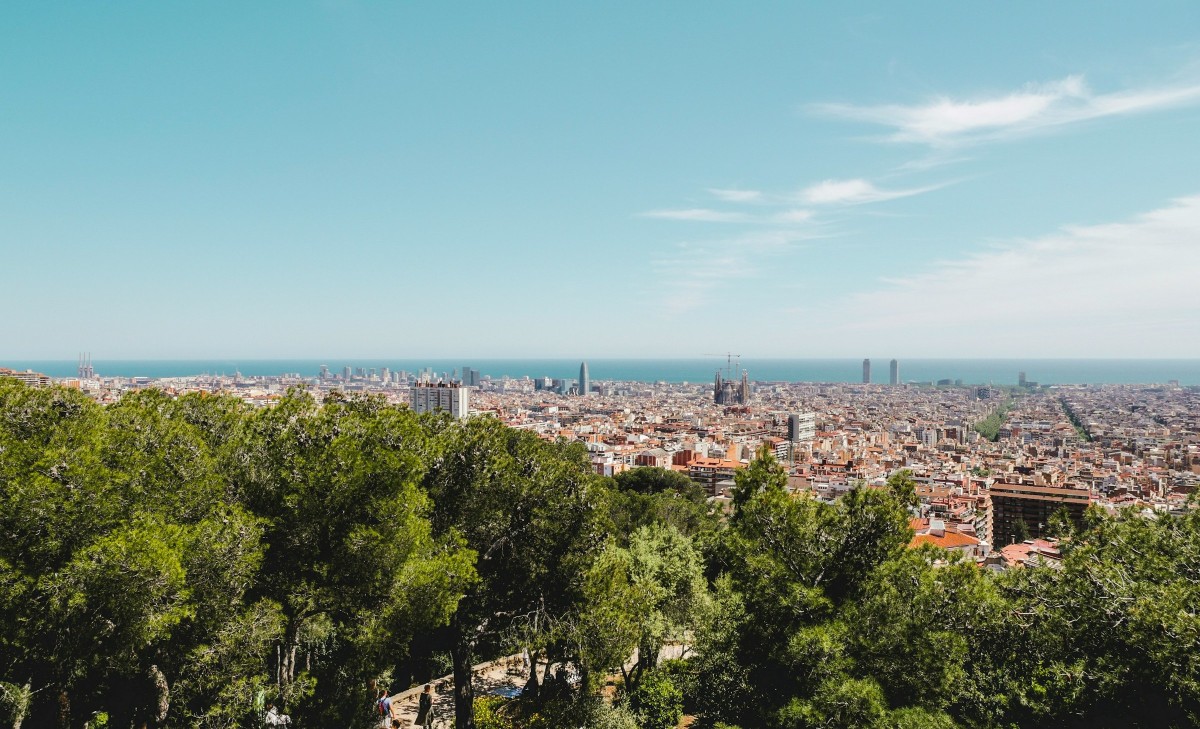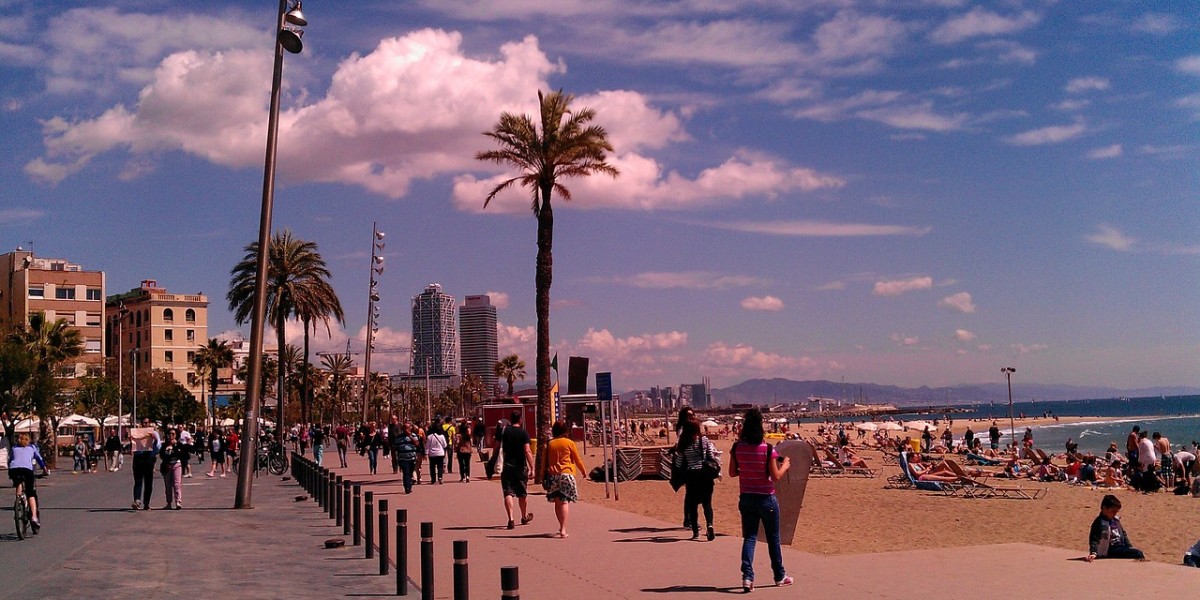
Barcelona, the capital of Catalonia, is renowned not only for its rich history and architecture but also for its dynamic population. Situated on the shores of the Mediterranean Sea, the city is one of the most populous in Spain and one of the most influential regions economically, politically and culturally. But do you know the population of Barcelona? Discover how many inhabitants call this vibrant city home.
How many inhabitants will Barcelona city have in 2025?
According to the latest Spanish Statistics Institute (INE) census data from November 2024, the population of Barcelona city stands at 1,702,547 inhabitants, making it the second most populous city in Spain, after Madrid. It is also the only city, besides Madrid, to exceed one million inhabitants.
This figure refers solely to the municipal area of Barcelona and does not include surrounding towns such as Badalona or Hospitalet de Llobregat, which are part of the Metropolitan Area but are independent towns.
| Barcelona | |
| Region | Barcelonés |
| Population (November 2024) | 1,702,547 |
| Surface ( km2 ) | 101.35 |
| Density ( inhab./km2 ) | 16,637.5 |

Barcelona population by neighbourhood
Barcelona tops the list of the largest cities in Catalonia and is known for its diversity, not only culturally but also in terms of its population distribution across its numerous districts. Based on data from November 2024, here are the ten most populous districts of the city.
- Eixample: 274,636 inhabitants
- Sant Martí: 249,206 inhabitants
- Sants-Montjuïc: 191,391 inhabitants
- Horta-Guinardó: 180,138 inhabitants
- Nou Barris: 179,590 inhabitants
- Sant Andreu: 155,470 inhabitants
- Sarrià-Sant Gervasi: 151,890 inhabitants
- Gràcia: 125,787 inhabitants
- Ciutat Vella: 111,155 inhabitants
- Les Corts: 83,551 inhabitants

Population of Barcelona province
Barcelona is one of the provinces of Catalonia, encompassing not only the city itself but also several municipalities that contribute to its cultural and demographic richness. The population of the province is significantly larger than that of the city, as it includes important cities such as Hospitalet de Llobregat, Badalona, Sabadell and Terrassa.
According to the 2024 INE census, the population of the province of Barcelona stands at 5,877,672. Of this, approximately 3.3 million people are part of the Barcelona Metropolitan Area, which accounts for over 40% of Catalonia's total population.
Barcelona's population growth
From its origins as a small Roman settlement, Barcelona has evolved into a cosmopolitan metropolis. This growth has been shaped by various factors, including industrialisation in the 19th century. However, the most significant population increase occurred in the first half of the 20th century.
If you're curious about how many people lived in Barcelona in 1950, the city had approximately 1,200,000 inhabitants. In contrast, in 1900, the population was just 500,000, meaning it doubled in size within a mere fifty years.

Living in Barcelona
Living in Barcelona is an experience that blends the best of urban life with the proximity of both the sea and the mountains. The city offers an enviable quality of life, thanks to its mild climate, rich cultural offerings and vibrant nightlife. Residents enjoy a wide range of services and amenities, from exceptional dining options to an efficient public transport network.
Moreover, Barcelona is renowned for its cultural diversity and welcoming atmosphere, making it an appealing destination for people from all corners of the globe. If you're considering relocating to this beautiful city, you can explore available properties on idealista: